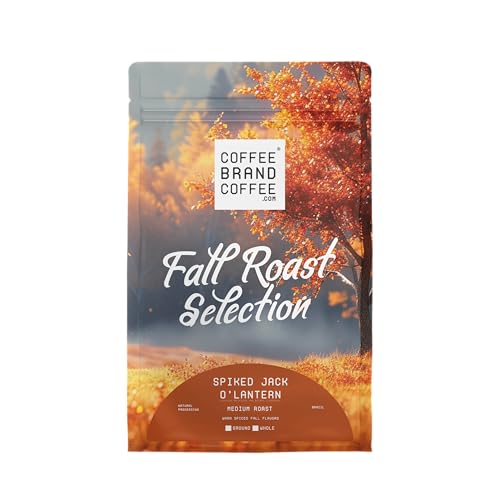In the world of specialty coffee, you’ll often hear the term “single-origin” tossed around. But what does it really mean and should you care?
Let’s break it down for home baristas.
Bestseller #1
Bestseller #2
Bestseller #3
What Does “Single-Origin” Mean?
Single-origin coffee refers to beans that come from one specific place whether that’s a country, region, farm, or even a particular lot within a farm.
This is in contrast to coffee blends, which combine beans from different places to create a balanced, consistent flavor profile.
Why Choose Single-Origin?
- Unique flavor profiles:
Because the beans come from one location, they often highlight the distinctive characteristics of that region’s terroir. - Traceability:
You can usually trace single-origin beans back to the specific farm or cooperative, which is great for transparency and ethics. - Seasonal freshness:
Many single-origin offerings are roasted in small batches and sold seasonally—meaning you get fresher coffee.
Any Drawbacks?
- Inconsistent flavors:
Single-origin beans can vary from batch to batch based on weather, harvest conditions, and roast level. - Less balanced:
Since they don’t blend multiple beans to round out the flavor, some single-origin coffees can come off as sharp, acidic, or overpowering depending on your palate.
read more: Single-Origin vs. Blend: What’s the Difference and Why It Matters
Single-Origin vs. Blends: Which One’s Better?
There’s no universal answer it depends on your taste and purpose:
| Preference | Go For |
|---|---|
| Distinctive, adventurous brews | Single-origin |
| Balanced, everyday coffee | Blends |
| Highlighting brew method | Single-origin (especially for pour-over or espresso tasting) |
What We Recommend
- Experiment: Start with popular origins like Ethiopia or Colombia.
- Brew thoughtfully: Use methods that let the unique flavors shine pour-over, AeroPress, or espresso.
- Log your results: Keep notes on what you liked or didn’t about specific origins and roasters.













[…] all coffee beans are created equal and not all brewing methods treat beans the same way. Whether you’re using a […]